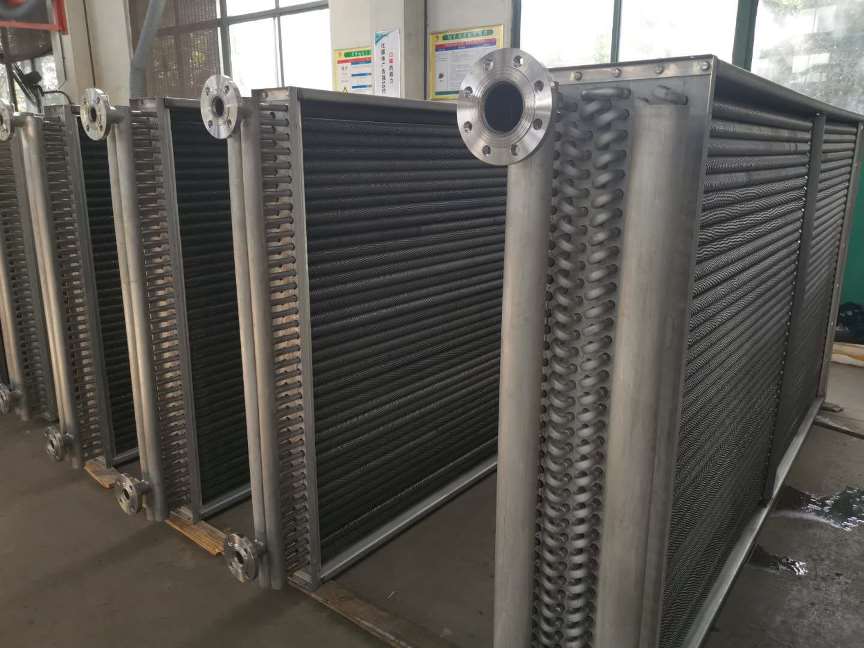Lord Fin Tube--Types of heat exchangers
A heat exchanger is a device that transfers heat from one fluid to another. Because of their various applications, heat exchangers have many different types.
Heat exchanger is an energy-saving equipment that can transfer heat between materials between two or more fluids at different temperatures. It is used to transfer heat from the fluid with higher temperature to the fluid with lower temperature, so that the fluid temperature can meet the requirements of process conditions, and it is also one of the main equipment to improve energy utilization.
Heat exchanger is a device that transfers part of the heat flow to cold fluid. Heat exchanger plays an important role in the production of chemical, petroleum, electric power, food and other industries, playing the role of heating, cooling, condensation, evaporator and reboiler in chemical production.
1. Shell and Tube Heat Exchanger:
- Construction: Consists of a cylindrical shell containing a bundle of tubes.
- Operation: One fluid flows through the tubes, while the other flows over the tubes within the shell. Heat is transferred between the two fluids through the tube walls.
- Applications: Widely used in industries requiring high-pressure and high-temperature applications, such as petrochemical plants, oil refineries, and power generation facilities.
2. Plate Type Heat Exchanger:
- Construction: Comprises multiple thin plates stacked together, typically made of stainless steel or titanium.
- Operation: Fluids flow through alternate channels formed by the plates, allowing for efficient heat transfer across the large surface area of the plates.
- Applications: Ideal for applications requiring high thermal efficiency and compact size, such as HVAC systems, food processing, and heat recovery systems in manufacturing plants.
3. Double Pipe Heat Exchanger:
- Construction: Features two concentric pipes—one inner and one outer.
- Operation: One fluid flows through the inner pipe, while the other flows through the annular space between the inner and outer pipes. Heat is transferred through the pipe walls.
- Applications: Commonly used in low-pressure and low-temperature applications, such as water heating systems, small-scale chemical processes, and laboratory experiments.
4. Finned Tube Heat Exchanger:
- Construction: Utilizes tubes with external fins attached to increase the surface area available for heat transfer.
- Operation: Air or another fluid passes over the finned surface, enhancing heat exchange with the fluid flowing inside the tubes.
- Applications: Frequently employed in air-cooled heat exchangers for HVAC systems, refrigeration, and process cooling in industries where water availability or environmental concerns restrict the use of water-cooled systems.
5. Adiabatic Wheel Heat Exchanger:
- Construction: Consists of a rotating wheel with a desiccant material coating its surface.
- Operation: Air streams pass over the wheel, with heat and moisture exchanged between them without direct mixing.
- Applications: Mainly used in HVAC systems for dehumidification, energy recovery, and air conditioning in commercial buildings, hospitals, and industrial facilities.


